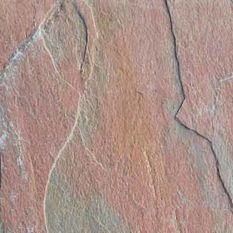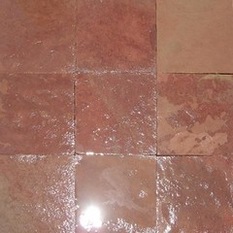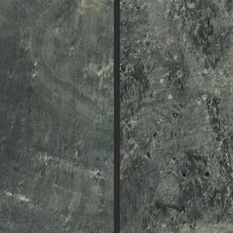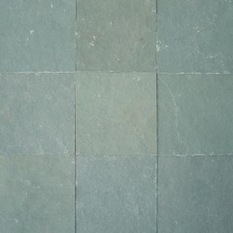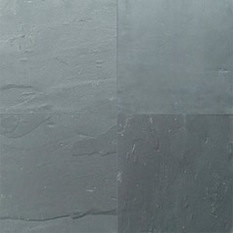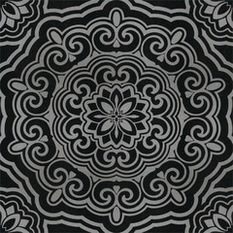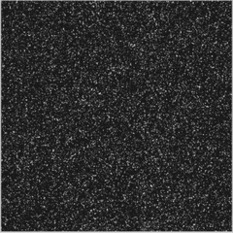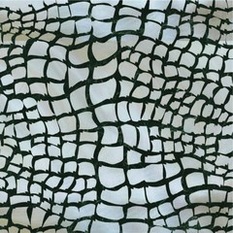501 Tiles
Tile is a near essential element of any home design. It can be found from floor to ceiling — and everywhere in between. Most commonly in the form of wall or backsplash tile in kitchens and bathrooms, they can be made from all sorts of materials, such as ceramic, travertine, glass, porcelain, mirror, slate and marble. It can be both exciting and overwhelming to pick out the ideal tile, but these tips should help you in your quest. More
Inlay Products
by A Stonetech P.Ltd.
Engraved Black Granite (Dahlia_engraved)
by A Stonetech P.Ltd.
Engraved Black Granite (Alligator Skin)
by A Stonetech P.Ltd.
Inlay Products
by A Stonetech P.Ltd.
Engraved Black Granite (1multi_02_1)
by A Stonetech P.Ltd.
Engraved Black Granite (Design1-1)
by A Stonetech P.Ltd.
Engraved Black Granite (Elephant Skin)
by A Stonetech P.Ltd.
Engraved Black Granite (Cheetah Skin)
by A Stonetech P.Ltd.
Engraved Black Granite (Leaves)
by A Stonetech P.Ltd.
Inlay Products
by A Stonetech P.Ltd.
What do I look for in kitchen tiles?
Backsplash tiles will always be a focal point of the kitchen. Whether you’re doing a complete remodel or just updating your kitchen tile backsplash, think about how they will play with other elements, such as cabinets and countertops. If you want something bold, pick a colorful subway tile or mosaic tiles that contrasts with your current materials and colors. Travertine or more subtle colored ceramic tiles will give a softer look. Subtle does not have to be boring though; visual interest can also be created with an interesting pattern, such as a herringbone or diagonal design.
Kitchen wall tiles are bound to be splattered with sauces and oils. Clean up and maintenance can be a major factor in your decision, so keep placement and material in mind. Backsplash near the stove or sink will require the most attention. Light colors with no pattern will tend to show more food and water spots than a darker or patterned option. Marble and granite tiles with lots of swirling and color variation will hide small spots well. Consider the size of the tiles you will be using; smaller size means more grout, which means more maintenance.
What do I look for in bathroom tiles?
There’s no doubt that bathroom tile is going to get wet. Water and tile can be a slippery combination, but luckily design has come a long way. Look for shower tile with high slip-resistance ratings, since this will help reduce the risk of falling. Oftentimes homeowners who prefer wood over stone or ceramic will use tile that looks like wood in the bathroom to help create a cohesive look throughout their home. Glass tiles are also popular in the bathroom because of their light, slick look. If you have curves in your bathroom, small tiles are a better alternative for you, since they are easy to manipulate around tricky slopes and angles.
Because of the moisture, bathroom tile will require even more maintenance than other rooms. Hate cleaning all of the grout in your bathroom? Use larger slabs to minimize the amount of grout. Smaller pieces do provide better traction, but they can be a pain to keep clean. If you plan on aging in your home, bigger slabs will lend themselves well to universal design. In the end, don’t be afraid to mix and match coordinating materials and sizes to achieve a safe and beautiful design.















